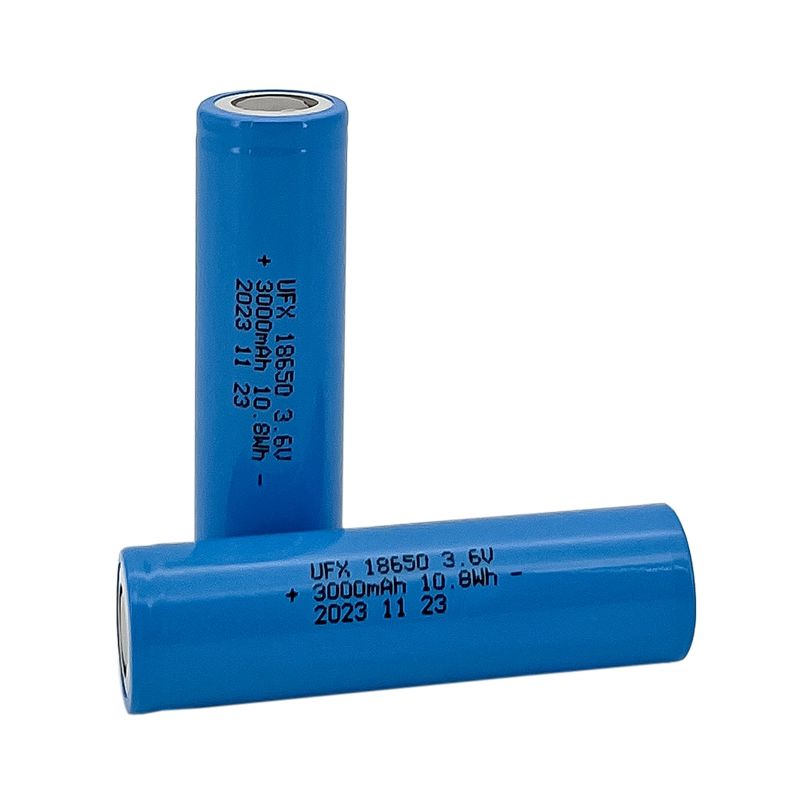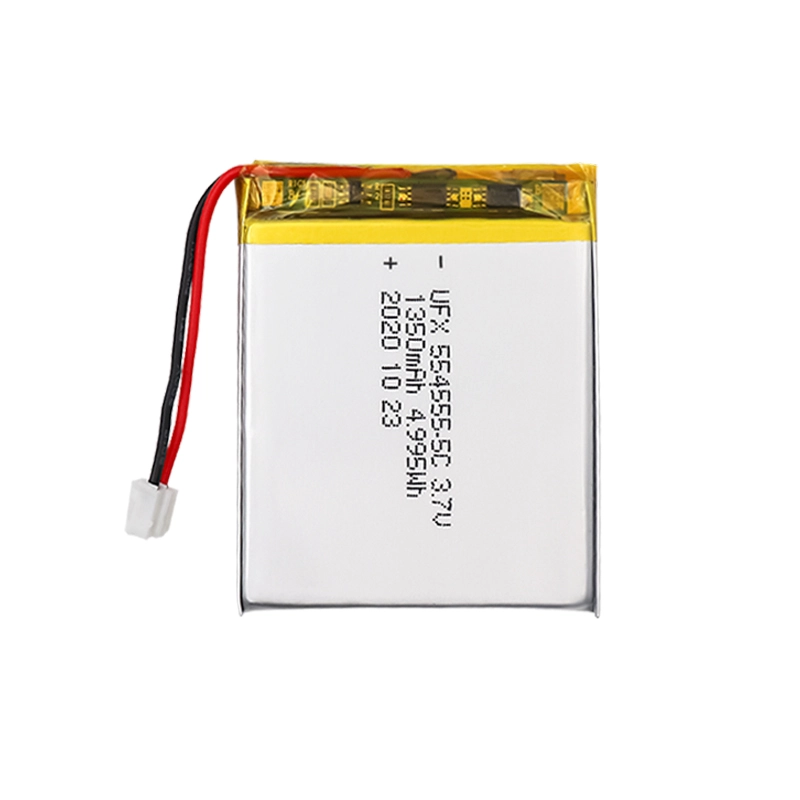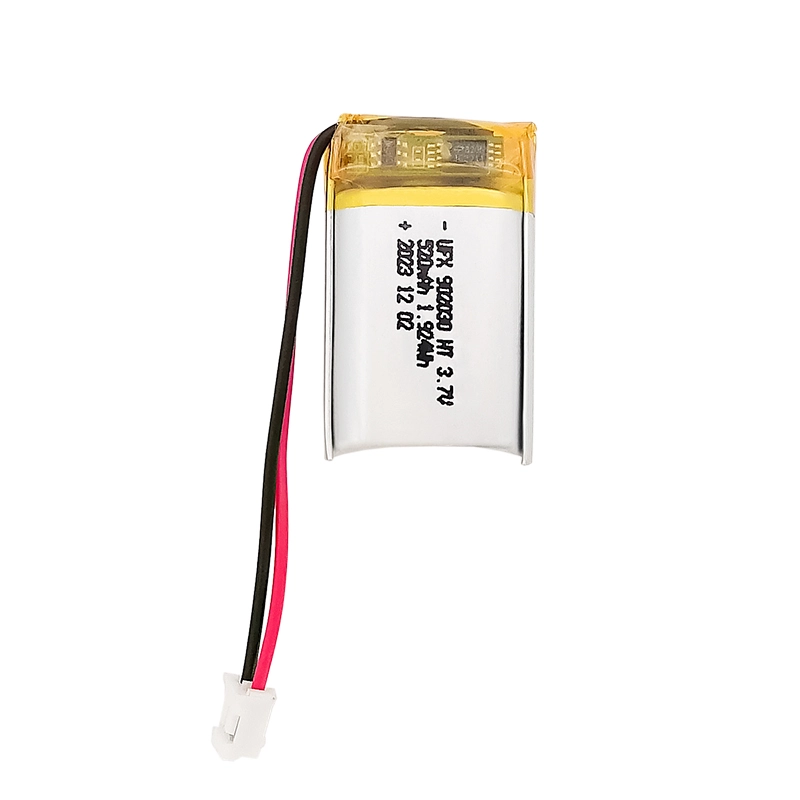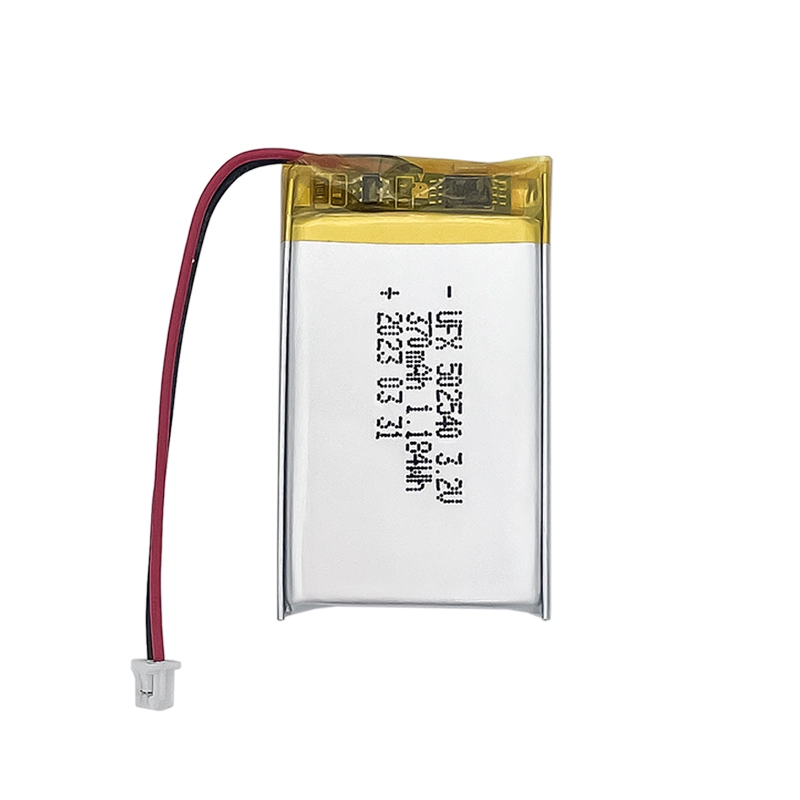
전동 공구 배터리를 선택하는 방법
고에너지 밀도와 고전압을 통합한 에너지 저장 장치로서 리튬 이온 배터리는 모바일 및 무선 전자 장비, 전동 공구, 하이브리드 및 전기 자동차 등 여러 분야에서 널리 사용되고 있습니다.
전동 공구 배터리에는 어떤 종류가 있습니까?
1. 전동 공구 배터리용 일반 리튬 이온 배터리
전동 공구 배터리를 일반 리튬 이온 배터리로 제작할 경우, 전동 공구의 작업 요구 사항을 충족시키기 위해 고율 방전 성능을 만족시켜야 합니다. 그러나 일반 리튬 이온 배터리는 비용과 재료의 한계로 인해 더 높은 방전 성능을 달성하기 어렵습니다. 따라서 시장에서는 상대적으로 저렴한 리튬 전동 공구 배터리가 많이 유통되고 있습니다.
사용하다 보면 완전히 충전했음에도 불구하고 얼마 지나지 않아 전동 공구의 파워가 크게 떨어져 에너지가 부족한 느낌이 들 때가 많습니다. 또한, 일반 리튬 이온 배터리는 고온 저항력이 평균적이어서 사용 수명이 상대적으로 짧습니다.
2. 전동 공구 배터리용 니켈-메탈 하이드라이드 배터리
전동 공구용 니켈-메탈 하이드라이드 배터리는 리튬 이온 배터리만큼 에너지 밀도가 높지 않습니다. 따라서 동일한 배터리 팩 공간에서 니켈-메탈 하이드라이드 배터리의 용량은 리튬 이온 배터리보다 작습니다. 그러나 니켈-메탈 하이드라이드 배터리 셀의 일관성은 리튬 이온 배터리보다 높아 안전 성능이 우수합니다. 또한, 니켈-메탈 하이드라이드 배터리는 15C 속도 이상의 방전 용량을 달성할 수 있어 전동 공구의 작동 요구 사항을 완전히 충족할 수 있습니다.
물론 니켈-메탈 하이드라이드 배터리는 리튬이온 배터리보다 무겁지만 생산 및 제조 비용과 시장 가격 면에서 리튬이온 배터리보다 저렴하며, 여전히 상대적으로 경쟁력이 있습니다.
또한 니켈-메탈 하이드라이드 배터리의 저온 성능은 저온 리튬인산철 배터리와 저온 폴리머 리튬이온 배터리에 비해 훨씬 열악합니다. 따라서 니켈-메탈 하이드라이드 배터리는 저온 영역에서 사용되는 전동공구 배터리에 적합하지 않습니다.
3. 전동 공구 배터리용 리튬인산철 배터리
전동 공구 배터리로서 리튬인산철 배터리는 고온 저항성이 우수하고 30C 속도 이상의 방전 성능을 제공합니다. 일반 및 광온 환경에서 사용하면 이상적인 결과를 얻을 수 있습니다.
에너지 밀도와 저온 성능이 니켈-메탈 하이드라이드 배터리보다 우수하며 사용 수명도 더 깁니다.
니켈-메탈 하이드라이드 배터리에는 메모리 효과가 있지만, 리튬인산철 배터리는 그렇지 않습니다. 그러나 기술적 한계로 인해 배터리 일관성이 떨어지고, 배터리 팩의 안전성도 다소 낮습니다.
4. 전동 공구 배터리용 폴리머 리튬 이온 배터리
전동공구 배터리 중에서도 폴리머 리튬이온 배터리가 가장 비싸야 합니다. 폴리머 리튬이온 배터리는 에너지 밀도가 더 높을 뿐만 아니라 초고율 방전 성능도 최고입니다.
폴리머 리튬이온 배터리가 비싼 이유는 에너지 밀도가 높은 희귀 소재를 사용하고, 생산 및 제조 기술 요구 사항이 상대적으로 높기 때문입니다.
내부 고온 성능이 인산철 배터리보다 약간 떨어지고, 니켈-메탈 하이드라이드 배터리와 유사하다는 단점이 있습니다.
현재 대부분의 전동 공구가 18650 리튬 배터리를 주 전원으로 사용하고 있지만, 21700 리튬 배터리가 등장하면서 상황이 변하고 있습니다.
전동 공구에 18650 또는 21700 리튬 배터리를 선택해야 할까요?
21700, 18650, 20700 등은 리튬 이온 배터리의 물리적 크기를 의미합니다. 예를 들어 18650 리튬 배터리의 경우 18은 둘레, 65는 길이, 0은 원통형 배터리를 나타냅니다. 18650 배터리는 리튬 배터리뿐만 아니라 니켈 메탈 하이드라이드 배터리도 해당 크기를 가집니다.
18650 배터리와 비교하여 21700 배터리 셀의 추가 길이 5mm와 직경 3mm는 부피를 47% 증가시킵니다. 이는 에너지를 전달하는 양극, 음극 및 전해질 물질을 채우는 데 추가로 7,700 입방 밀리미터의 공간을 사용할 수 있음을 의미합니다. 또한 21700 리튬 배터리는 18650 리튬 배터리보다 더 높은 용량을 가질 수 있습니다.
더 큰 용량은 더 긴 배터리 수명을 의미합니다.
21700과 18650에 비해 가장 분명한 이점은 추가 공간이 당신의 도구를 더 오래 작동시킬 수 있다는 것입니다. 우리는 각각 1.5Ah(1500mAh)에서 3.0Ah(3000mAh) 범위의 용량으로 18,650개의 배터리로 공급되는 배터리를 보았습니다.
그러나 고급형 18650 배터리 셀(3.0Ah)은 이미 배치 문제를 겪었기 때문에 대부분의 제조업체가 2.5Ah(2500mAh) 배터리 셀을 최우선으로 생각합니다.
반면에, 전동공구 배터리의 경우 21700 셀은 3.0Ah (3000mAh)에서 시작하여 최대 4.0Ah (4000mAh)에 이를 수 있습니다. 이것이 우리가 3Ah 또는 4Ah로 표시된 소형 (1P) 배터리 팩을 볼 수 있는 이유이며, 12Ah (3P)의 더 큰 셀까지 볼 수 있습니다.
전동 공구에 사용되는 3원 리튬 배터리는 안전할까요?
다음은 기존 전동 공구 배터리의 다양한 사양 용량 비교입니다.
18650
- 소형 1P 배터리: 2.0Ah–3.0Ah (36 Wh–54 Wh)
- 범용 2P 배터리: 4.0Ah–6.0Ah (72 Wh to 108 Wh)
- 대용량 3P 배터리: 9.0Ah (162Wh)
21700
- 소형 1P 배터리: 3.0Ah–4.0Ah (54Wh–72Wh)
- 범용 2P 배터리: 6.0Ah–8.0Ah (108 Wh–144 Wh)
- 대용량 3P 배터리: 9Ah–12Ah (162 Wh–216 Wh)
*참고: 위 내용은 배터리의 공칭 전압과 무관합니다.
18650 리튬 배터리와 21700 리튬 배터리 중에서 선택하는 방법
18650 리튬 배터리는 오랫동안 전동 공구에 사용되어 왔습니다. 적절한 크기와 휴대성 덕분에 널리 사용되고 있습니다. 21700은 18650보다 크고 무겁지만 더 강력한 전력과 더 긴 수명을 제공합니다.
두 배터리 모두 전동 공구에 사용할 수 있습니다. 선택 시에는 실용적인 응용에 더 집중해야 합니다.
배터리를 선택할 때 품질과 애프터 서비스를 보장하는 제조업체를 선택하는 것이 중요합니다. Ufine은 15년간 리튬 배터리 생산에 집중해 왔으며, 안전하고 안정적이며 강력한 배터리 수명을 가지고 크기가 작고 환경 친화적이며 내구성이 뛰어납니다. 제품은 국가 및 전 세계 여러 인증을 통과하여 신뢰할 수 있는 배터리 브랜드 제조업체입니다.
높은 에너지 밀도
더 작고 가벼운 패키지에 대량의 에너지를 저장하고 있습니다.
더 긴 사이클 수명
장시간으로 충방전 사이클을 돌릴 수 있습니다.
낮은 자가 방전
사용하지 않을 때 전력 손실이 적습니다.
안전
사고 위험을 최소화하고 안전 운행을 보장합니다.
더 많은 전동 공구 배터리 관련 정보
-
맞춤형 배터리의 용량 및 전압 범위는 어떻게 되나요?
-
리튬 배터리 생산 및 배송에 소요되는 리드 타임은 어떻게 되나요?
-
대량 주문하기 전에 리튬 배터리 샘플을 받을 수 있나요?
-
리튬 배터리는 어떤 인증을 받아야 하나요?
최신 블로그
리튬 배터리 산업 뉴스에 관한
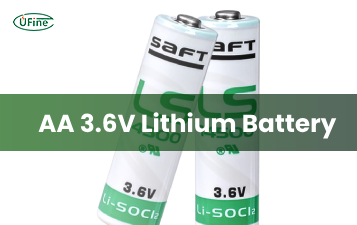
What You Need to Know About AA 3.6V Lithium Battery
Learn all about AA 3.6V lithium batteries—voltage, size, capacity, uses, and the best replacements. Discover why they’re powerful, and highly reliable.
2025/04/15 Ufine
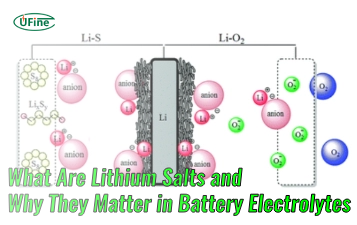
What Are Lithium Salts and Why They Matter in Battery Electrolytes
Lithium salts in electrolytes are key to battery performance, powering everything from phones to EVs and shaping the future of clean energy.
2025/04/15 Ufine
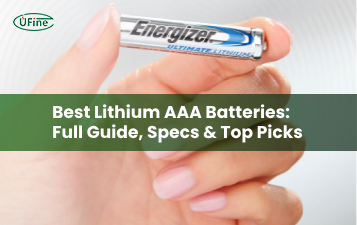
Lithium AAA Battery Guide: Power, Performance & Chargers
Explore lithium AAA batteries—voltage, capacity, weight, top brands, and more. Learn how to choose the best battery for your device and why it really matters.
2025/04/15 Ufine
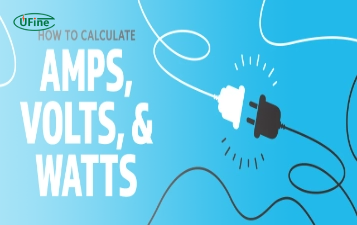
How to Calculate Watts, Volts, and Amps (With Simple Formulas and Examples)
Learn how to calculate watts, volts, and amps for lithium batteries with simple formulas and examples, ideal for EVs, solar, and energy systems.
2025/04/15 Ufine
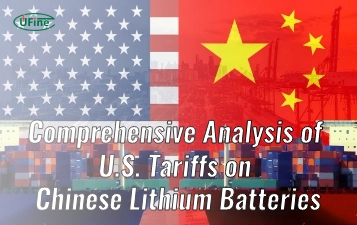
Comprehensive Analysis of U.S. Tariffs on Chinese Lithium Batteries
U.S. tariffs on Chinese lithium batteries in 2025 impact costs, supply chains, and EV, energy storage, and electronics industries globally.
2025/04/15 Ufine
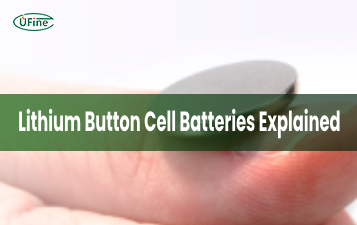
What Are Lithium Button Batteries?
Learn about lithium button batteries (CR2032, CR2025), their uses, safety tips, and how to replace them properly.
2025/04/15 Ufine

